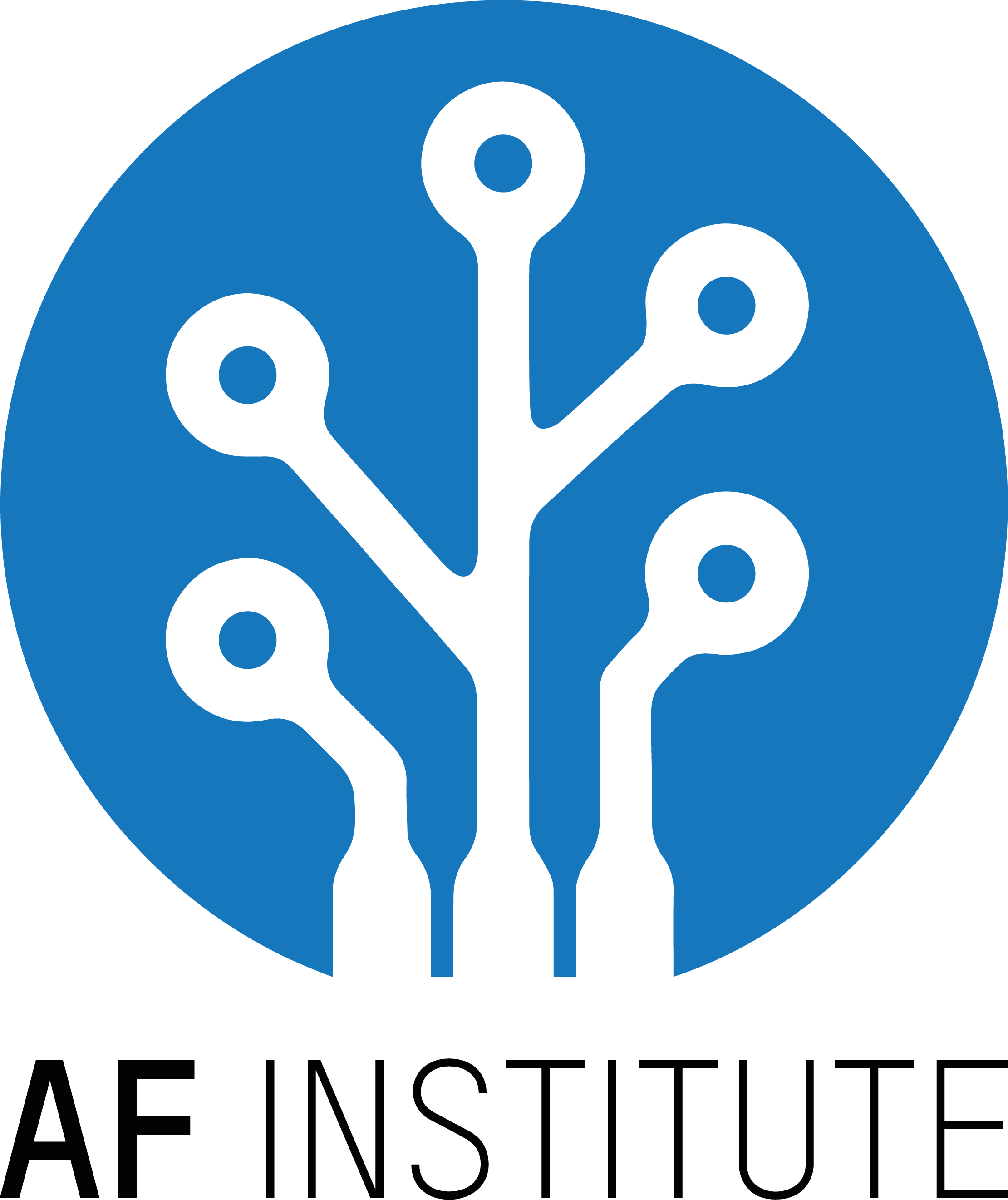Artificial intelligence is on everyone’s lips – but what does it mean? We want to take three definitions as examples: One from the OECD, one from the European Commission and one from Wikipedia.
Definition of the OECD
The OECD defines an Artificial Intelligence (AI) System “as a machine-based system that can, for a given set of human- defined objectives, make predictions, recommendations, or decisions influencing real or virtual environments. When applied, AI has seven different use cases, also known as patterns, that can coexist in parallel within the same AI system.”
Definition of the European Commission
“Artificial intelligence (AI) systems are software (and possibly also hardware) systems designed by humans that, given a complex goal, act in the physical or digital dimension by perceiving their environment through data acquisition, interpreting the collected structured or unstructured data, reasoning on the knowledge, or processing the information, derived from this data and deciding the best action(s) to take to achieve the given goal. AI systems can either use symbolic rules or learn a numeric model, and they can also adapt their behaviour by analysing how the environment is affected by their previous actions.” (High Level Expert Group)
Definition of Wikipedia
Artificial intelligence (AI), sometimes called machine intelligence, is intelligence demonstrated by machines, unlike the natural intelligence displayed by humans and animals. Leading AI textbooks define the field as the study of “intelligent agents”: any device that perceives its environment and takes actions that maximize its chance of successfully achieving its goals. Colloquially, the term “artificial intelligence” is often used to describe machines (or computers) that mimic “cognitive” functions that humans associate with the human mind, such as “learning” and “problem solving”. (Query August 2020)
